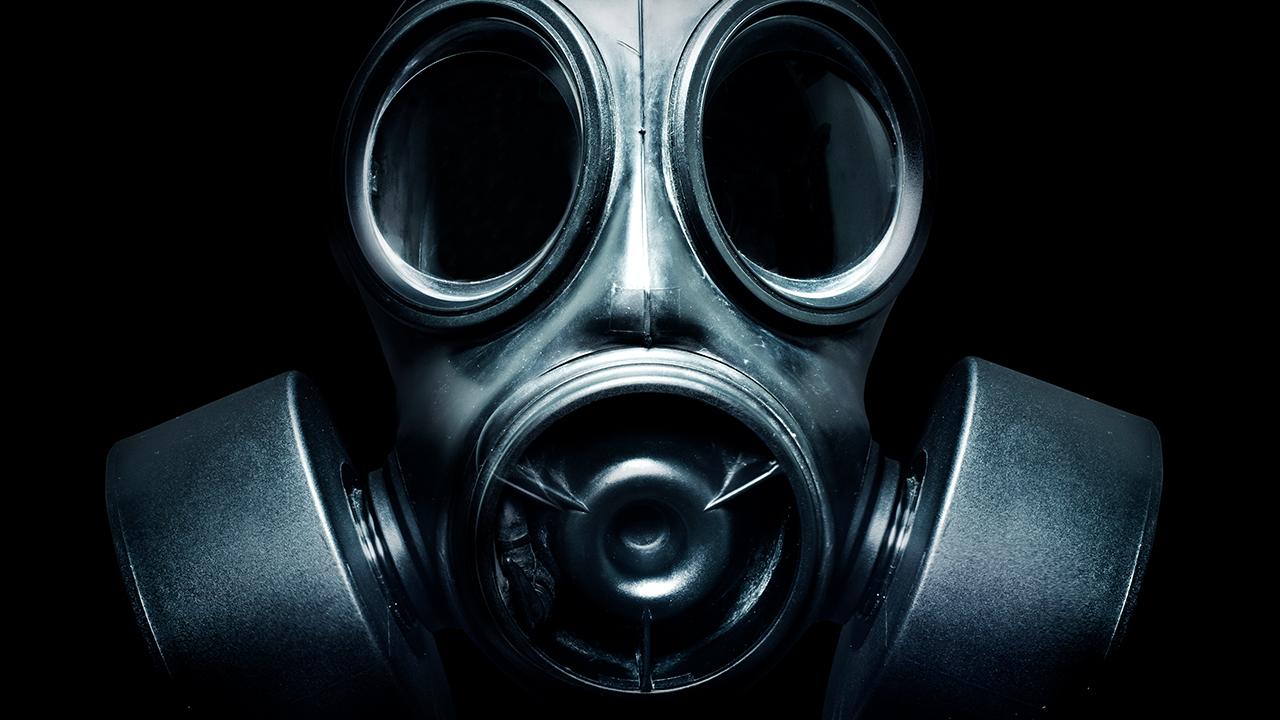Neurotoxic Chemical Warfare Agents - A follow-up article to Neurotransmission
Neurotoxic Chemical Warfare Agents
Let's start just with a quick retrospection: In chemical synapses the distance between the presynaptic and the postsynaptic cell is with > 200 Å rather big. Therefore so called Neurotransmitters are released from the presynaptic membrane of the axon terminal to transmit the arriving nerve impulse through the synaptic cleft to the corresponding receptors located on the postsynaptic membrane.
One of the most commonly used neurotransmitters is Acetylcholine, or short ACh. Synapses using ACh are called cholinergic. As ACh binds to its' corresponding ACh receptor either an excitation or an inhibition - depending on the type of synapse (Excitatory or Inhibitory synapse) - of an action potential in the postsynaptic nerve cell is triggered. In both cases, assuming an undisturbed, functioning neural network, information is transported correctly.
The next very important feature in a healthy neuronal junction is that the neurotransmitter has to be removed from its cognate receptor again. Otherwise it would lead to a permanent excitation/inhibition! This can be achieved by different mechanisms:
- Reuptake of the neurotransmitter back into the vesicels
- Diffusion away of the neurotransmitter
- Enzymatic Degradation of the neurotransmitter
Which mechanism is used depends on the type of synapse. For ACh the last one, enzymatic degradation, is utilized. Hence ACh needs to be degraded rapidly within a few milliseconds in order to enable the postsynaptic membrane to respond to the potential arrival of the next nerve impulse. This is achieved by a very powerful enzyme called Acetylcholinesterase. This enzyme does have the following characteristics:
- 75 kDa sized enzyme
- it is bound to the postsynaptic membrane
- turnover number kcat = 14,000 /s
- catalytic efficiency = 150,000,000 L /mol /s
Hence the enzyme operates at the diffusion-controlled limit and is a nearly perfect catalyst. ACh is hydrolysed into acetate (red) and cholin (green). Cholin is then transported back into the presynaptic terminal and reused in the ACh biosynthesis, depicted earlier.
Since the action of Acetylcholinesterase is essential for the survival of the whole organism, it is a very potent target for chemical weapons! Acetylcholinesterase is a so called serine esterase and its mechanism of action resembles that of the well-known serine proteases such as trypsin. These serine proteases are easily inhibited by Alkylphosphofluoridates such as Diisopropylphosphofluoridate. Related compounds are for example Tabun or Sarin. These are military nerve gases because they efficiently inactivate human acetylcholinesterase resulting in paralysis and eventually death from suffocation!
In addition to neurotoxic chemical weapons, there is a whole range of chemical weapons with different principles of action. Examples for further chemical warfare agents are tear agents, vomiting agents, malodorants, psychological agents, blister agents, non-neurotoxic (caustic) choking agents and so on. Ref. [2]
History of chemical warfare
- The first military use of mustard gas was on 12th Juli 1917 near Ypres by the German Army. This compound readily eliminates a chloride ion via an intramolecular nucleophilic substitution giving a cyclic sulfonium ion. This reaction is shown in the next illustration. The sulfonium ion is a very reactive intermediate and is capable of permanent alkylation of the DNA. This either leads to programmed cell death or cancer!

Illustration generated by myself
- In 1925 the Geneva protocol banned the use of chemical weapons.
- The nerve gases Tabun (1936), Sarin (1938) and Soman (1944) were developed in Germany, but they were not used during World War II.
- In 1988/89 Iraq's regime used nerve gas killing 5,000 Kurdish civilians!
- In 1993 the Paris treaty banned the development, production, procurement, storage and use of chemial weapons!
- In 1995 Japanese terrorists used Sarin in the infamous Tokyo subway incident and killed 13 people.
Best,
mountain.phil28
References:
- Information and non-direct-cited images are taken from
"Molecular Physiology" lectures at the TU Graz - List of chemical warfare agents - A Wikipedia Article

Aww dident you just bring me back to school ;) Just a clarification on the structual formula on Tabun? C5O2N2PH11, correct? i dont get the connection -CN :( i thought it was just N???
Well put and easy to understand and follow, i hade a HUGE smirk on my face reading it..until you got to the details after -1925 the Geneva protocol.. Uff why cant people be nice to one an other...
WooHoo you :D great job!!!! ❤️ :D
C5H11N2O2P, so you stated the correct formula. There are two nitrogen in the compound. One in form of an amine (-NMe2) and one in form of an cyanido (CN) group. ;)
Thanks for your support!
Best,
mountain.phil28
ha ha i know , right ;)
Jupp i get that, i just thought they dident connect there.. hmm :P
any time hunny :D ❤️
im draining out soo fast now... i must come back tomorrow and bounce on upv.. soo soorry :(
<was here ❤️❤️❤️❤️